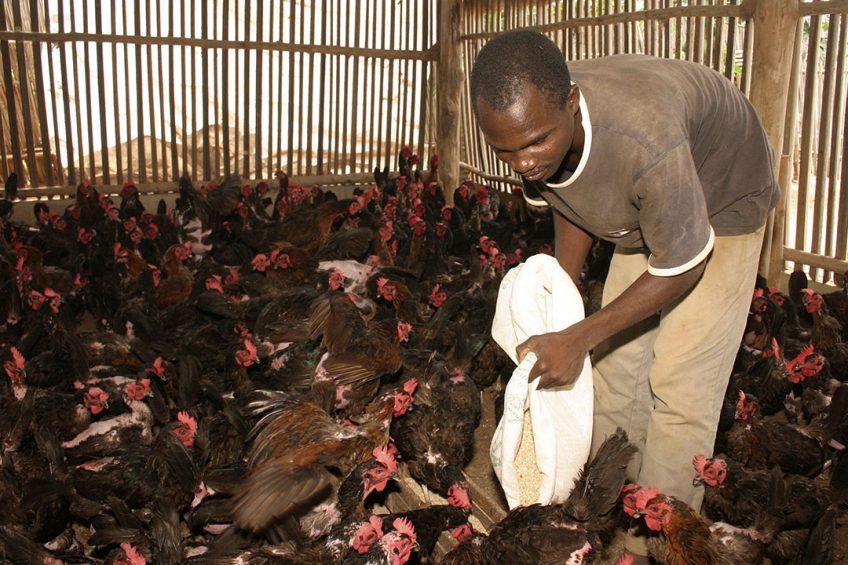Long-limbed chicken under threat from commercial breeds

Scientists have found that genetically distinct, long-limbed African chicken are at risk from commercial breeds which are often more sensitive to disease.
A study, conducted by researchers from the UK and the US, looked at some of the oldest known domesticated breeds of chicken in Africa, which are found in northern Ethiopia.
Led by Professor Helina Woldekiros, associate professor of anthropology in Arts and Sciences at Washington University, St Louis, the researchers investigated 20 families with chickens in the small village of Mesert.
They surveyed the birds before a Christmas celebration and then processed all the bones after the chickens were eaten. In addition to the earliest domesticated birds in Africa and local chicken breeds, the study included the red junglefowl – a wild chicken only found in Asia – using bones from a collection curated at the Natural History Museum.
By comparing measurements from the 3 types of chickens, the researchers were able to identify key differences that provide insight into African poultry development over the centuries.
“African farmers were selecting for longer limbs. They were looking for more meaty legs, rather than meaty wings. There was a big change in the length of the legs,” she said, adding that the African birds were far similar to the red junglefowl than modern chicken breeds.
While most Mesert families keep between 5-7 birds which are prized for their colourful feathers and elaborate comb patterns, she said she was concerned about the future of local African breeds.
“They are more biologically diverse than the exotic or commercial birds. Now we are in danger of losing that diversity.”
While the modern birds are more productive, they are more expensive to keep and less resistant to disease.
“The problem with the new chickens, even though they produce more meat and more eggs, is that they’re really expensive to keep. You need to build a shelter for them, so they can’t scavenge like local birds. And they’re very sensitive to disease.”
Additional costs are perhaps the last things widows or single mothers need in the horn of Africa.
The research findings are published in the International Journal of Osteoarchaeology – “Archaeological and biometric perspectives on the development of chicken landraces in the Horn of Africa.” The work was carried out with researchers from the Universities of Exeter, Leicester, Nottingham, Oxford and Roehampton, London












